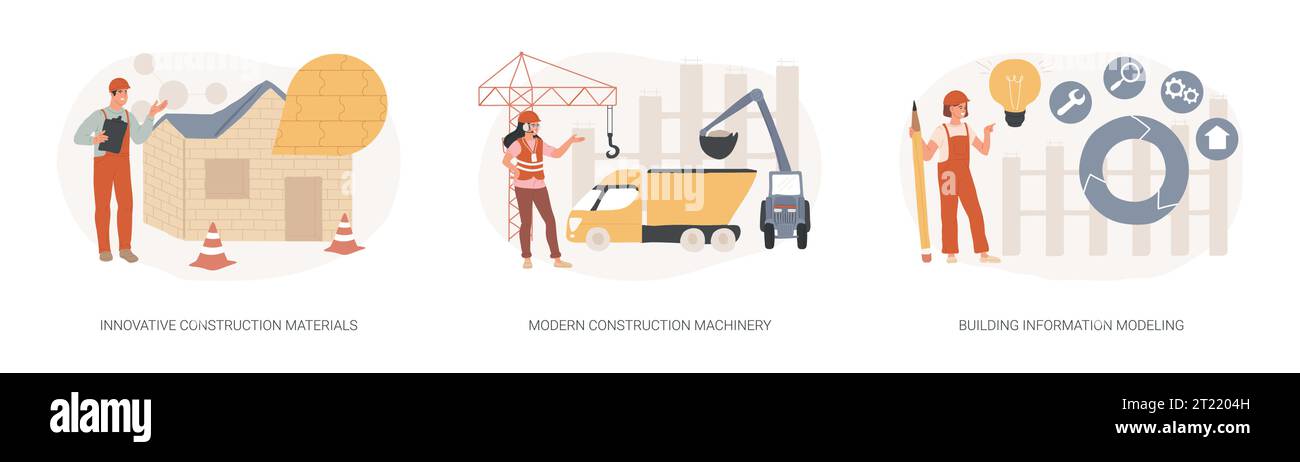Combating Urban Heat In India: Exploring Innovative Construction Materials

Table of Contents
Understanding the Urban Heat Island Effect in India
The urban heat island effect is a phenomenon where urban areas experience significantly higher temperatures than surrounding rural areas. In India, this effect is exacerbated by several factors:
- Dark-colored surfaces: A preponderance of dark-colored building materials, roads, and pavements absorb more solar radiation, increasing surface temperatures.
- Lack of green spaces: The scarcity of vegetation reduces evapotranspiration, a natural cooling process.
- Building density: Densely packed buildings trap heat, further increasing ambient temperatures.
- Increased energy consumption: Higher temperatures lead to increased use of air conditioning, which further contributes to heat generation.
The temperature difference between urban and rural areas in India can be substantial, often exceeding 5°C, and even reaching 10°C or more in some cities during peak hours. This disparity has severe health consequences, increasing the risk of heatstroke, respiratory illnesses, and cardiovascular problems. The economic burden is also significant, with increased healthcare costs and energy consumption adding to the strain on resources. The consequences are directly linked to climate change, further emphasizing the urgency of finding sustainable solutions.
Innovative Construction Materials for Heat Mitigation
Fortunately, innovative construction materials offer a promising path towards mitigating urban heat in India. Several options are emerging that can significantly reduce surface temperatures and improve thermal comfort within buildings.
Cool Roofs
Cool roofs, characterized by their high reflectivity and thermal emissivity, are a cornerstone of urban heat mitigation strategies. These roofs reflect more solar radiation back into the atmosphere, reducing the amount of heat absorbed by the building and its surroundings. Examples include:
- Reflective paints: Coatings with high solar reflectance index (SRI) values significantly reduce surface temperatures.
- Green roofs: Vegetation on rooftops provides shade, reduces heat absorption, and increases evapotranspiration.
- Cool tiles: Specifically designed tiles with high reflectivity and emissivity offer a durable and aesthetically pleasing option.
Many research institutions and companies in India are actively exploring and implementing cool roof technologies, demonstrating their viability and potential impact on urban heat reduction.
Phase Change Materials (PCMs)
Phase change materials are substances that absorb and release large amounts of heat during phase transitions (e.g., melting and solidifying). This characteristic allows PCMs to buffer temperature fluctuations, maintaining more stable indoor temperatures and reducing the need for energy-intensive cooling systems. PCMs can be incorporated into various building materials, including:
- Paints: PCM-infused paints offer a relatively simple and cost-effective way to improve thermal performance.
- Plasters: PCMs can be mixed into plasters to enhance wall insulation and temperature regulation.
- Concrete: Integrating PCMs into concrete can improve the thermal mass of buildings.
While the widespread adoption of PCMs in India faces challenges related to cost and availability, ongoing research and development are addressing these issues, unlocking their immense potential for heat mitigation.
Geopolymer Concrete
Geopolymer concrete is a sustainable alternative to traditional Portland cement concrete. It offers several advantages for mitigating urban heat:
- Lower carbon footprint: Geopolymer concrete production emits significantly less greenhouse gas than traditional cement production.
- Better thermal insulation: Its lower thermal conductivity helps to reduce heat transfer through building structures.
The use of geopolymer concrete is gaining traction globally, and its suitability for hot climates makes it a highly promising material for India's construction industry. Research initiatives are exploring its application in various building components, paving the way for wider adoption.
Locally Sourced and Sustainable Materials
Utilizing locally sourced and sustainable materials is crucial for reducing transportation costs, minimizing environmental impact, and promoting economic development within local communities. India boasts a rich tradition of building with materials that offer inherent heat-mitigating properties:
- Rammed earth: This ancient technique uses compacted earth to create strong and thermally efficient walls.
- Bamboo: Bamboo's rapid growth rate, flexibility, and thermal properties make it an excellent sustainable building material.
Integrating modern technology with traditional building techniques can enhance the performance and durability of these materials, creating innovative and sustainable solutions for combating urban heat.
Policy and Implementation Challenges
Despite the considerable potential of these innovative materials, several challenges hinder their widespread adoption:
- Cost: Some materials, such as PCMs and specialized cool roof coatings, can be more expensive than conventional options.
- Availability: The supply chain for some innovative materials may not be fully developed in India.
- Awareness: A lack of awareness among architects, builders, and policymakers about the benefits of these materials poses a significant hurdle.
Overcoming these challenges requires a multi-pronged approach involving:
- Government policies and incentives: Subsidies, tax breaks, and building codes that mandate or incentivize the use of these materials are essential.
- Education and training: Training programs for construction workers and professionals are crucial to ensure proper installation and application.
- Research and development: Continued investment in research and development is vital to improve the cost-effectiveness and performance of these materials.
Building a Cooler Future with Innovative Construction Materials in India
The adoption of innovative construction materials represents a crucial step towards mitigating the urban heat island effect in India. By reducing surface temperatures, improving thermal comfort, and lowering energy consumption, these materials contribute to a healthier, more sustainable, and more resilient built environment. Addressing the urban heat island effect is vital for public health, environmental sustainability, and economic development. We urge readers to learn more about these materials and advocate for their wider adoption within their communities. The government and the construction industry must prioritize the use of innovative construction materials as a key strategy in combating urban heat and building a cooler, more sustainable future for India. Let's foster further research into innovative construction materials to create truly sustainable and heat-resistant buildings across India.

Featured Posts
-
 Kae Tempests 2024 Tour Uk And Eu Dates Revealed
May 30, 2025
Kae Tempests 2024 Tour Uk And Eu Dates Revealed
May 30, 2025 -
 Los Angeles Wildfires And The Gambling Industry Ethical Concerns And The Current State Of Affairs
May 30, 2025
Los Angeles Wildfires And The Gambling Industry Ethical Concerns And The Current State Of Affairs
May 30, 2025 -
 Resultats Bts 2025 Dates Et Calendrier Des Examens
May 30, 2025
Resultats Bts 2025 Dates Et Calendrier Des Examens
May 30, 2025 -
 La Inspiradora Frase Que Impulso A Marcelo Rios Al Exito
May 30, 2025
La Inspiradora Frase Que Impulso A Marcelo Rios Al Exito
May 30, 2025 -
 Stefanos Tsitsipas Denies Ivanisevic Coaching Rumors
May 30, 2025
Stefanos Tsitsipas Denies Ivanisevic Coaching Rumors
May 30, 2025
